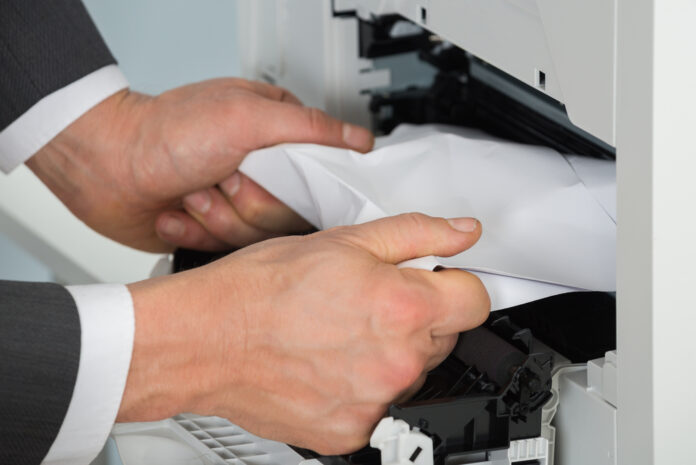Printers are still crucial devices for personal and commercial use in the digital age. The type of printer paper you choose can greatly impact the quality and durability of your prints, whether you’re printing crucial documents, priceless photos, or creative endeavors.
Choosing the best printer paper can be difficult because so many alternatives are available, but don’t worry! In this article, we’ll guide you through the key aspects to consider when picking the ideal paper for your purposes. In this writing, we will describe how to choose the right printer paper. So, stay with us here and keep scrolling below to identify the notion. So, deep digger into this article to reveal the notion.
Top 5 Ways to Choose the Right Printer Paper
Selecting the proper printing paper is equally crucial for the maintenance of your printer. By being aware of the differences between paper types, you can prevent a great deal of printer maintenance work that user errors can result in. With a basic awareness of the sorts of paper you should utilize, paper jams are readily avoidable. It’s now time to select a paper to round off the bundle. You must choose a paper’s weight, opacity, brightness, and finish while making your selection. Therefore, in this writing, we will highlight the top 5 ways to choose the right printer paper. So, keep reading below to optimize your printing operations.
1. Paper Size
If you’re considering printing using your printer, the size of your paper type is an important factor. If you plan to print using your printer, you must first confirm that it can handle the size of paper you intend to use. Your printer can only accommodate a limited range of paper sizes. It pays to be aware of your alternatives to set reasonable expectations because not all paper kinds are available in the same range of sizes. Also, if you choose the latest-tech printer, you can easily adapt the best quality paper from your manufacturers. Most of the business owners get high-profile printers from Xerox products service providers. You will approach them to get the latest-tech printers along with their high-profile stuff, for instance, paper, cartridges, ink toner, etc., that maximize the printer life.
2. Paper Brightness
The appearance of a printed project is affected by the whiteness, brightness, and shade of the paper. On a scale from 0-100, with 100 seeming the brightest paper to the eye, brightness is a measurement of the reflectance of blue light wavelengths. A white paper’s tint can be anywhere from cream to somewhat blue, with the blue shade frequently appearing to be the whitest color overall. When choosing a paper tone, it’s crucial to study a sample of the paper material before sending your project to print.
Read also: From Vision to Reality: One-Way Vision Sticker Printing Solutions in Dubai
3. Paper Shade
The color of your paper indicates its tone. Anyone who has spent time purchasing paint at a hardware shop knows that numerous options are available for white. Depending on the proportion of red and blue light they reflect, different tones will make your whites appear warmer or colder. The balance of your shade will also affect how your prints turn out when printing on paper. If you shoot monochromatic images, your personal preference will determine which type of paper works best for your composition. It becomes especially crucial when taking portraits because it might alter the tone and natural feel of your subject’s skin tone.
4. Paper Point Size
On heavier sheets, point size also plays a significant role in describing the density of the page. Heavyweight resume materials, like cotton-blended paper, typically have a smoother surface or appear woven. The smallest ink droplet that can be seen clearly on your paper is described by your point size, which works similarly to the point size of your printer. Your business card has lettering that appears to be particularly crisp. Better point size in action, there.
Read also: The Journey through ISO Lead Auditor Training
5. Paper Weight
For office use, standard-weight paper is ideal. Standard paper meets the usual daily office printing requirements and is less expensive. One drawback is that lighter paper does not hold up well against gravity and will eventually scrunch up and curl when hung on a wall. Inkjet printer images will dampen the page and generate worse print because it absorbs ink. Heavy paper is frequently more expensive and not recommended for regular office printing.
Confirming that your printer can manage the weight you are feeding it before choosing heavyweight paper is crucial. The printer heads may scrape against the page if the paper is too thick for your machine. So, choose the best-quality paper to accomplish your printing job. You must consult Xerox Dubai product suppliers for the latest technology, printers, and papers.
Conclusion
The appropriate printer paper can significantly improve the quality of your printouts, even though it may seem minor. You may safely choose the best paper for each project by being aware of your printer’s capabilities and considering your particular printing requirements. The greatest results can be consistently achieved whether you are printing priceless photos, vital documents, or imaginative drawings.

